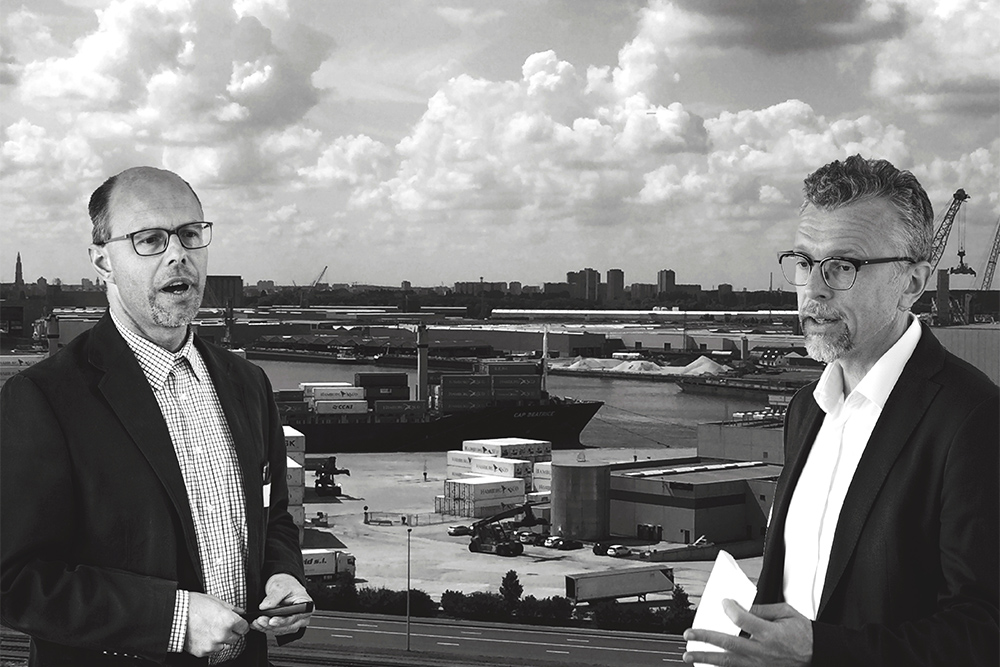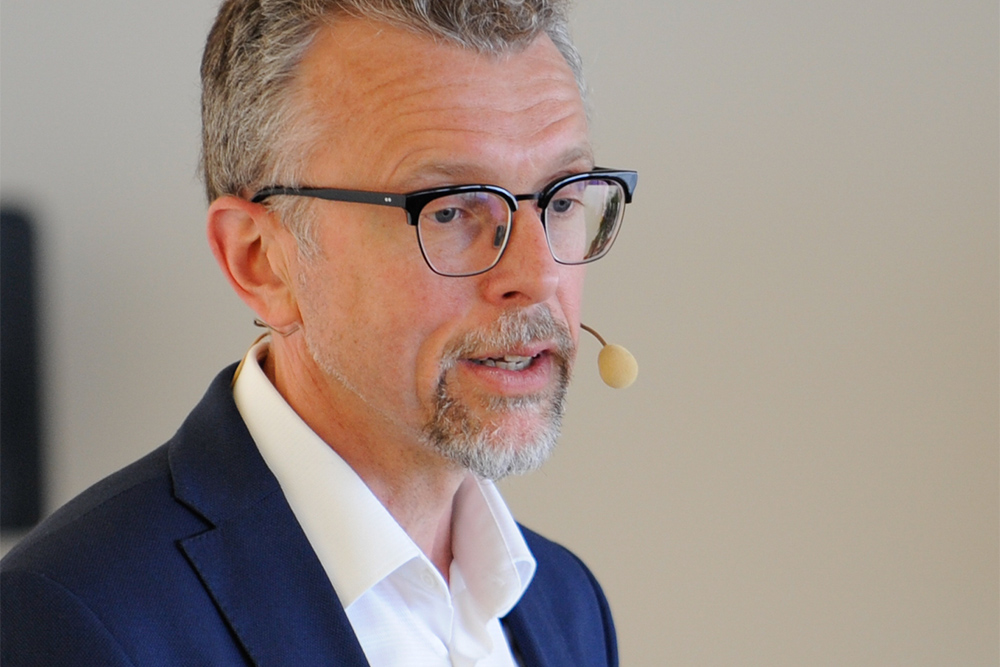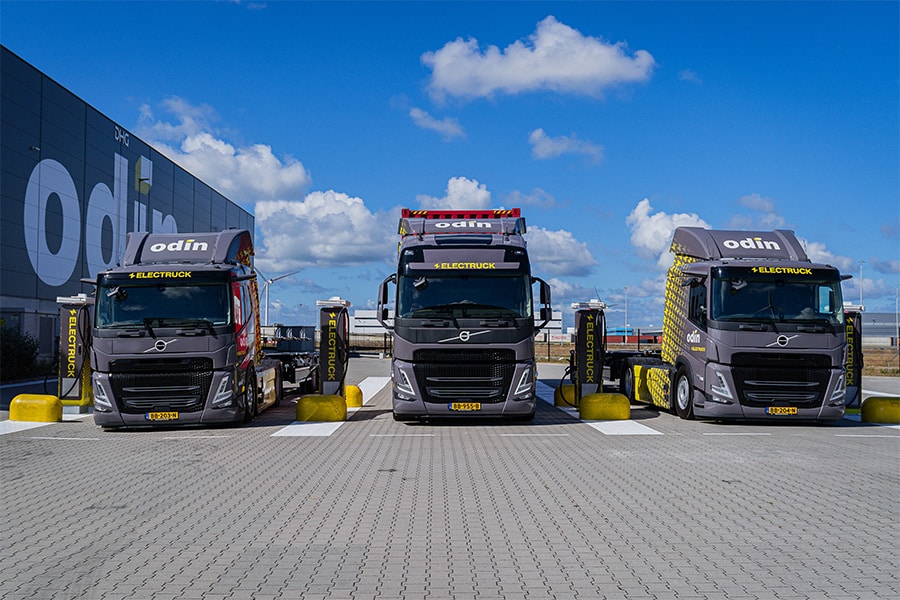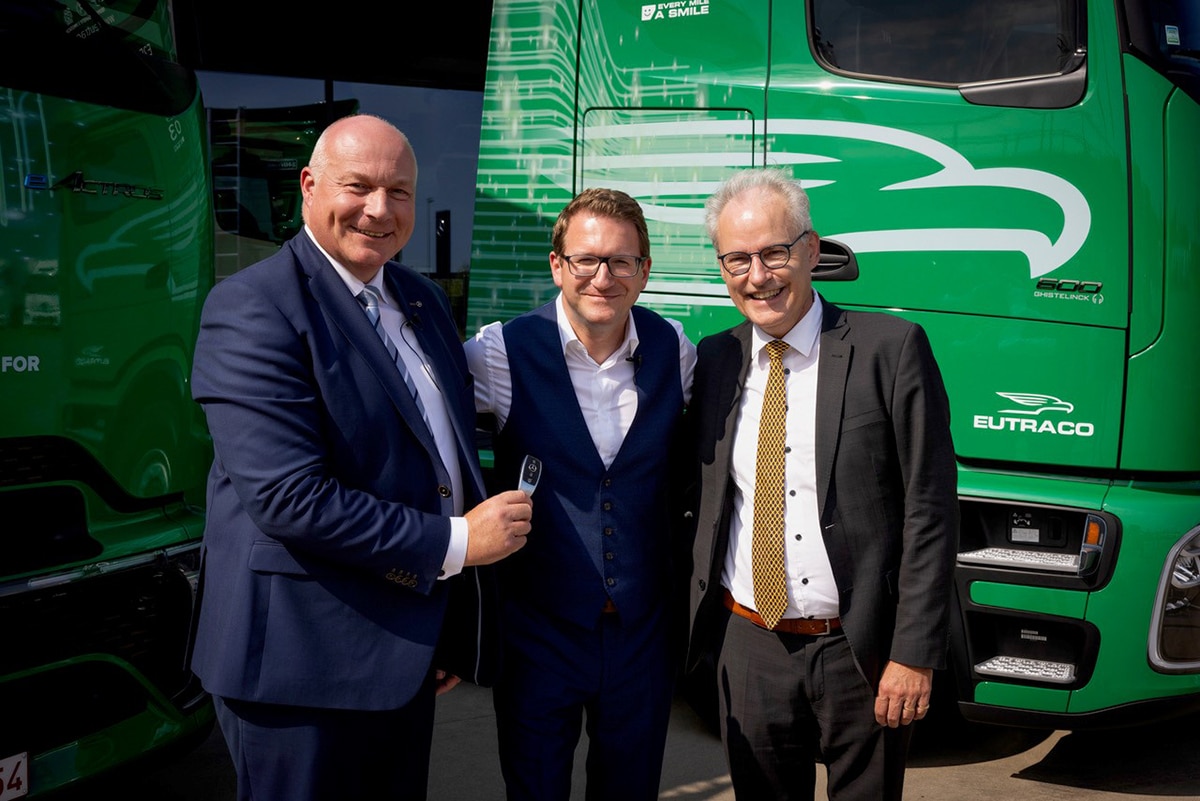
From cab to 'open' bus: industry innovation
Multilateral contracts transform transportation
Everyone knows that there are some very pertinent challenges in the supply chain. Trucks often cause huge traffic jams, have a (too) low load factor and on top of that, one in four simply drives empty. There are approximately 185,000,000 containers in the world in circulation, while it is common knowledge that you can do exactly the same thing with half of those containers.
Alex Van Breedam, partner/CEO Tri-Vizor: "Do you know why? There are brands on those containers. An example? Nike in Laakdal. They get their containers in from Vietnam, Indonesia, you name it. And then those containers go 'return to sender,' empty. Or they have to wait until they are filled again, at the place where they are most likely to be. Ideally, of course, those containers could first stop by an adjacent company that needs to export goods through Port of Antwerp-Bruges. So in theory, an ideal combination. But they unfortunately have a contract with another container shipping company."

The capacity paradox
Bart Vannieuwenhuyse, partner Tri-Vizor: "Moreover, the transport sector in Belgium is very extensive and fragmented. There are more than 10,000 companies in the sector and 84% has no one on its payroll. As a result, all goods are naturally very scattered, resulting in poor truck loading rates. This creates a 'capacity paradox': far too little capacity in one place while there is surplus in another."
"To solve this, you have to do consolidations across parties," Van Breedam continues. "And that's where we come in. We are a neutral trustee, feel free to call it orchestrator or director. We bring those flows together or try to bundle them. How we do that? There are different ways. Either we do 'city logistics', which is bundling flows at the edge of the city. Or we let different parties use the same capacity, such as two Norwegian companies that transport salmon feed, Cargill and Skretting. Notwithstanding, these are and will remain competitors."
Bundling, clustering, pooling and sharing
"And then this is that cross-supply chain," adds Vannieuwenhuyse further. "We bring flows of goods together and try to bundle, cluster, pool and share them as best we can.
To manage all that, you obviously need a neutral party. You cannot expect those parties to set it up themselves, because that requires, among other things, a great deal of mutual trust. What we do see, after fifteen years, is that there is a growing desire in the sector to work together. However, companies often do not know how to approach this operationally. It's about aligning, aligning processes, drawing up multilateral contracts where different parties commit to each other... This obviously gives us an edge, because we no longer have to convince the different parties of the many advantages that are associated with this. Sustainability, for example. There are still a lot of points to score here."

Upheaval in transportation?
"For everything to run much more smoothly, some fundamental things would actually have to change in the transportation sector. Because transportation currently functions more like a cab system. You call a carrier, they pick up the goods and deliver them somewhere.
Actually, we should move toward an "open bus" system. That is, the same truck should accommodate many different customers. From bilateral service provision (one-to-one) we are switching to multilateral cooperation. To make just that system possible, we were the first to establish a multilateral contract - with many clients who are sometimes each other's competitors. Linked to that are a number of service providers who take care of execution. So you get a completely different business model. We hope this will revolutionize the sector," Van Breedam and Vannieuwenhuyse conclude.




